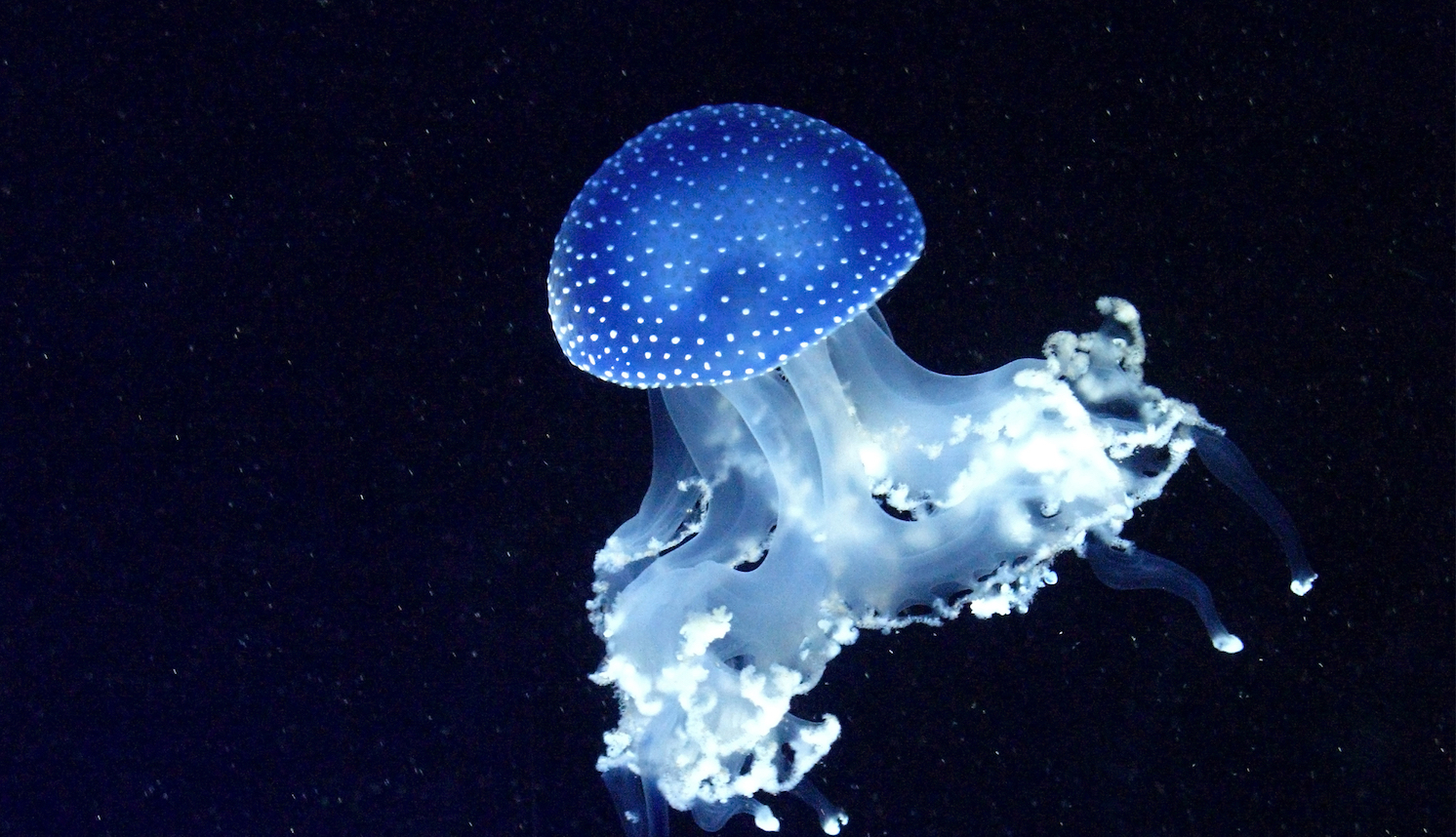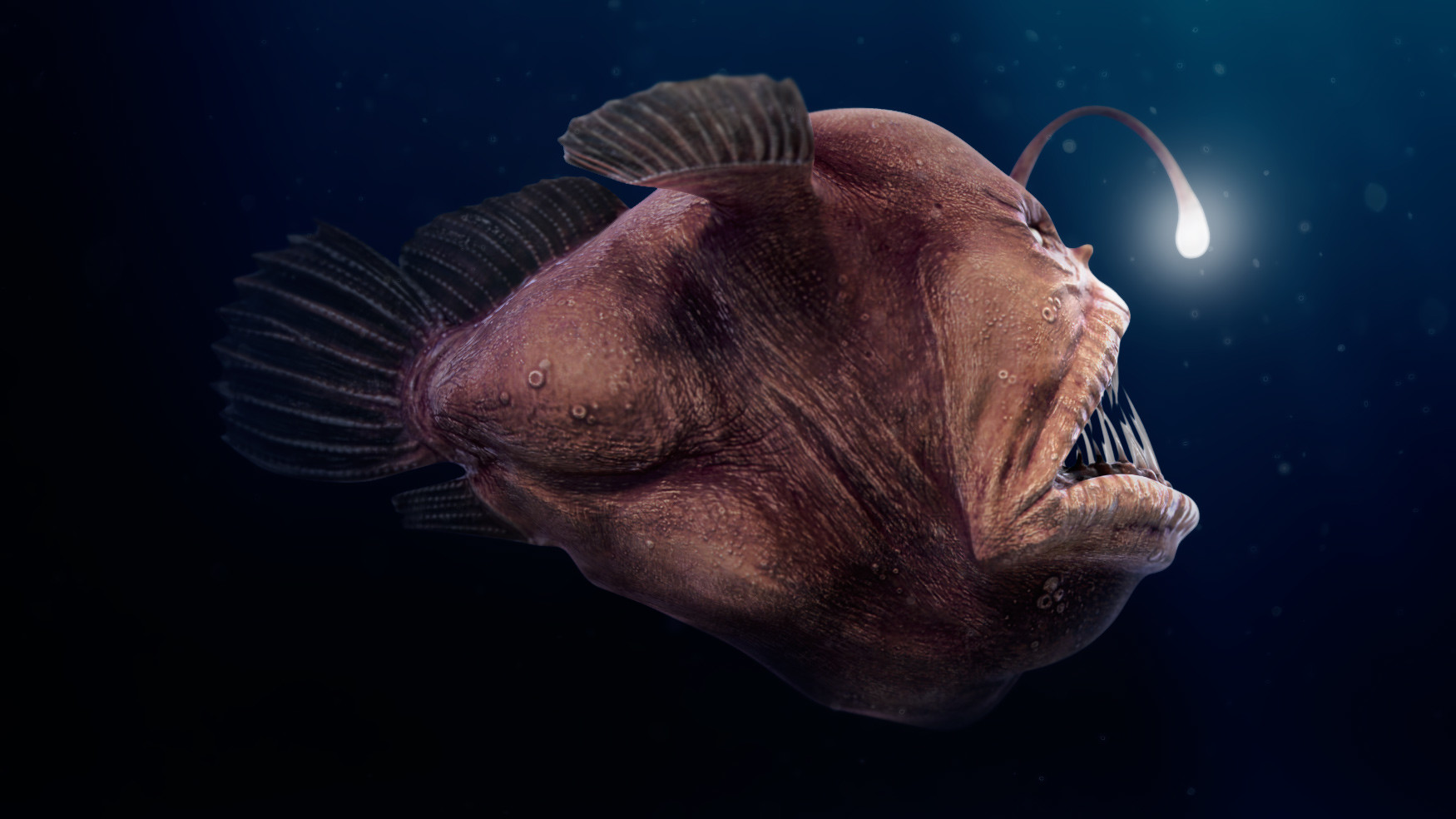Fauna
Organisms illuminate with Bioluminescence phenomena!

Bioluminescence is a natural phenomenon of producing light by living organisms. This light is majorly produced by the oxidization of the molecule luciferin, a reaction catalyzed by the enzyme luciferase. Some organisms generate their own glow while others act as a vector for some bacteria that emit light for them. The organisms emit light to serve several purposes, which include repelling predators, attracting preys or potential mates.
Here are some examples of bioluminescent organisms.
Jelly Fish
Over half of jellyfish species produce some type of bioluminescence, majorly as a restraint to the predators.

For example, a jellyfish called Aequorea victoria produces a green glow around the perimeter of its bell by emitting its preliminary blue light through a chemical compound called green fluorescent protein (GFP).
Squid
Most of the species of squid produce bioluminescence for various purposes.

Some of the deep-sea squid spurt glowing mucus to confuse their predators, while others, such as the tiny bobtail squid, use its small cavities underneath of its body, which serves as a shelter to bioluminescent bacteria.
Anglerfish
Deep-sea anglerfishes attract their prey with glowing baubles hanging from rods in front of their mouths.

Its preys get attracted to the fleshy lanterns and are inhaled by the monstrous fish when they approach towards it.
Lanternfish
Lanternfishes are tiny mesopelagic fishes of the family Myctophidae. One of the two families in the order Myctophiformes, the Myctophidae are represented by 246 species in 33 genera and are found in oceans worldwide.

The species is appropriately named after their evident use of bioluminescence. The species has a unique pattern of light-producing photophores, used for signaling and mating. The photophores comprised of lens-shaped, transparent scales covering the tissue that emits light; these lenses help in focussing and amplifying the light.
Firefly
The firefly, which belongs to the Lampyridae family are insects in the beetle order Coleoptera with over 2,000 species.

These are soft-bodied beetles that are also called as lightning bugs for their conspicuous usage of bioluminescence during twilight to attract their mates or prey.
Fungi
More than 70 species of fungus are known to bioluminescence. These fungi continuously emit greenish light at a wavelength of 520–530 nm, which occurs only in living cells.

There is no correlation between the fungal bioluminescence and their cell structure has not been found yet.





























